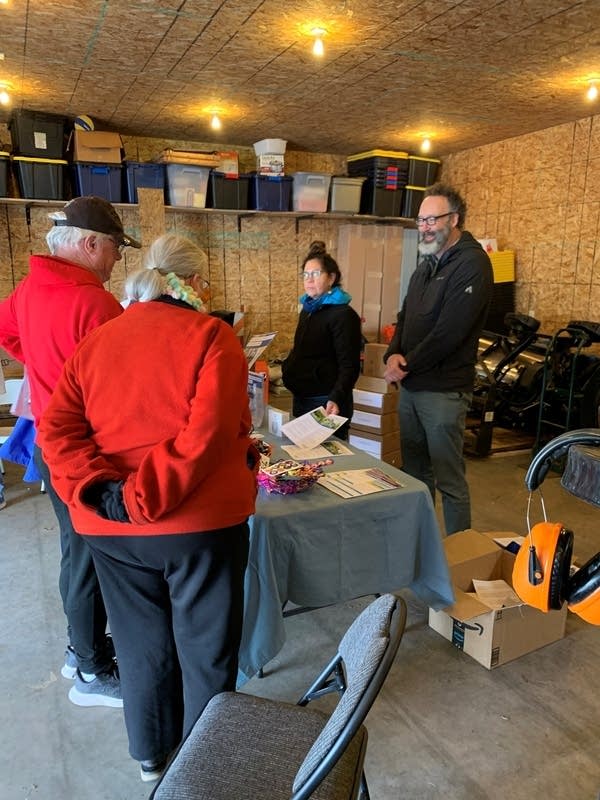Local group helps mobile homeowners save money and energy

Go Deeper.
Create an account or log in to save stories.
Like this?
Thanks for liking this story! We have added it to a list of your favorite stories.
Tens of thousands of Minnesotans are bracing for the cold weather in thin-walled, poorly insulated mobile homes. And when temperatures dip, they’ll spend an outsized portion of their income on heating bills as a result.

Manufactured homes are one of few options for affordable housing, but they aren’t affordable to heat.
Most Minnesotans pay somewhere between three to six percent of their net income on energy bills, with 6 percent being considered “energy burdened,” said Joel Haskard, co-director of Clean Energy Resource Teams (CERTs), which has been working to make these homes more comfortable both financially and physically.
Half the people living in mobile homes have an annual income of $35,000 or less, he said. “A lot of those folks are at 6, 10, 15, even 20 percent of their monthly costs are spent on energy. And those are decisions they're having to make between their energy bills, their food bills, and maybe their medicine if they’re seniors.“
Turn Up Your Support
MPR News helps you turn down the noise and build shared understanding. Turn up your support for this public resource and keep trusted journalism accessible to all.
His organization helps connect people and organizations to resources to reduce those costs and save energy. More help is on the way, he said.
A combination of Inflation Reduction Act initiatives, state investments in green energy and utility rebates mean new options for weatherization at an incredibly low cost. He encourages owners of all kinds of homes to do what they can to weatherize for this season, and then queue up for the new programs.
“I like to call it a layer cake.” Haskard said. “Plan now and do that in the summer of this coming year when all of these things are going to be ready to rock and roll.”
CERTs has been working to make manufactured and other homes more energy efficient all across the state for the past 20 years. You can find more information about their work here.
Dear reader,
Political debates with family or friends can get heated. But what if there was a way to handle them better?
You can learn how to have civil political conversations with our new e-book!
Download our free e-book, Talking Sense: Have Hard Political Conversations, Better, and learn how to talk without the tension.




